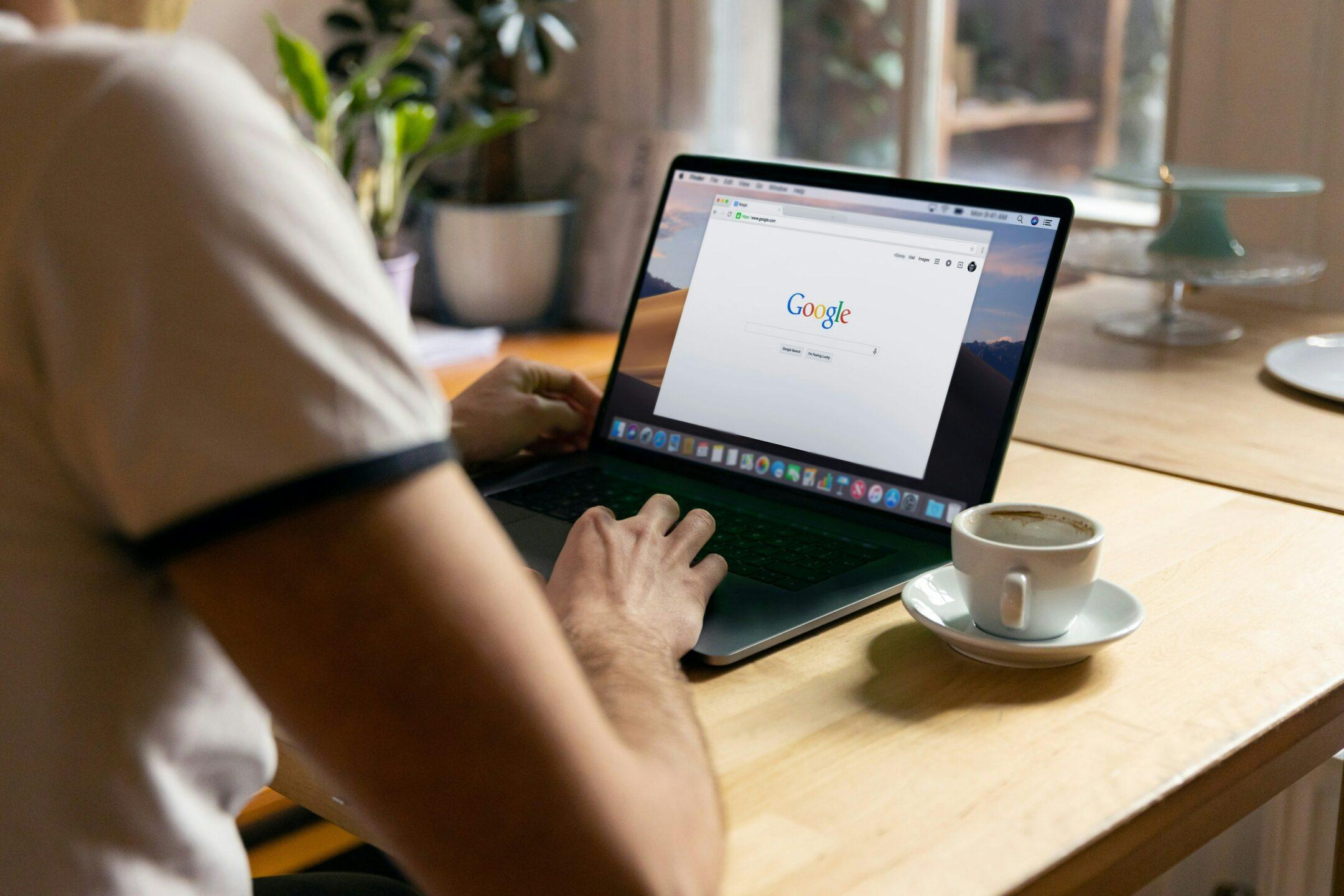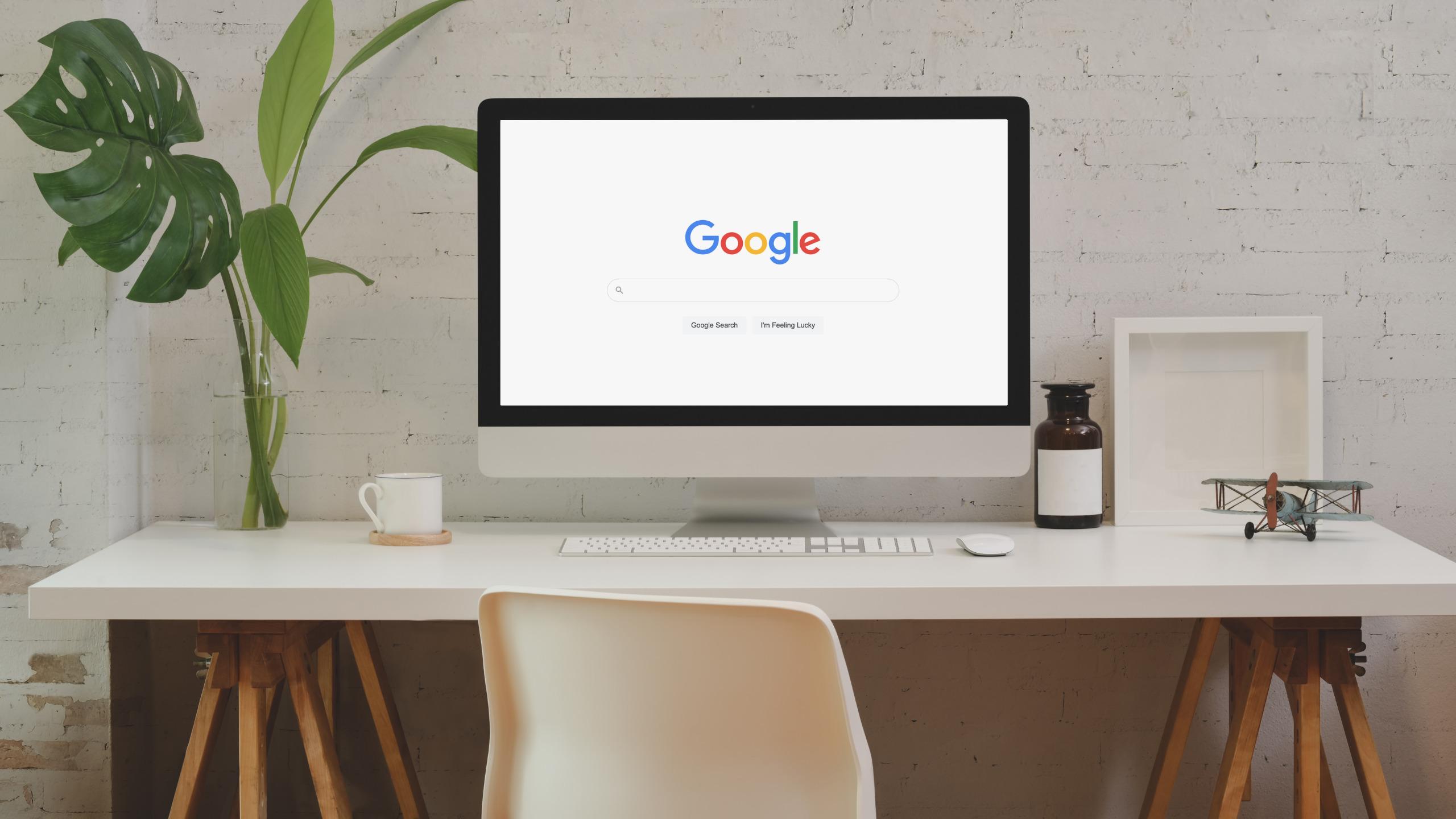Mobile SEO vs Desktop SEO: All differences explained
Did you know that users’ location, operating system and even screen size of their phones impact mobile SEO? And it’s not even the whole list of mobile SEO vs desktop SEO differences that you should keep in mind in order to improve your Google rankings as a whole.
In this article, you’ll learn:
- What is mobile SEO and why it is so important
- How mobile optimization is different from desktop
- When did Google become mobile-first
- How to check if you have a mobile-friendly website
- How does mobile SEO differ from desktop
- What are the most common mobile and tablet screen resolutions worldwide
- What is Google’s augmented reality and how does it work
- Why can organic results differ between desktop and mobile
- What is the difference between desktop and mobile rankings
- How to set up mobile rank tracking
But first, let’s start with the basics and define why mobile search engine optimization is so important and how it is different from desktop optimization.
Why is Mobile SEO Important?
Poor mobile experience can cost you over 55% of visitors. Not so surprising fact is that in 2021 55.56 percent of all global traffic comes from mobile phones and this number will be growing each year.

2020 has changed our lives forever and showed us how convenient it may be to opt for online. That’s why more and more people are converting their offline businesses into online and those who had already been here, have definitely felt an increase in competition.
Not so long ago, it was more than enough to have a website designed with RWD (Responsive Web Design). This means that a site was considered mobile-friendly when it had a graphic user interface (GUI) design that made sure all the content is adjustable to various screen sizes.
In other words, when implementing responsive design, all your pages can automatically adapt to the required space in order to ensure content consistency across all the devices. Mobile-friendly affects SEO so you should focus on providing a worthy mobile user experience if you’re planning to rank high.
Mobile-First Indexing
After Google’s mobile-first indexing, mobile optimization has changed once and for all. Starting from July 1, 2019, Google primarily takes the mobile version of your content for indexing and ranking. This can cause issues for those websites that have less content on mobile pages rather than on their desktop versions because algorithms are now programmed to evaluate mobile-first.

Google mobile-first indexing is one of the major reasons why SEO is so different for mobile right now and why it should be your top priority. Taking care of it will definitely become your advantage and potentially will increase the number of free organic traffic flowing to your website that later on can be converted into sales deals.
How to Check if You Have a Mobile-Friendly Website
Before implementing any changes into your mobile SEO strategy, my advice is to check your website on mobile-friendliness. This mobile-friendly test takes less than a minute but will give you a starting point and your current status. To check if your website is mobile-friendly you need to go straight to Google’s mobile page testing tool, enter the URL, and hit TEST URL.

If your website is optimized for mobile, you will receive the following message saying that your page is easy to use on a mobile device. You can stop at this point or can always dig a little further and check a site-wide mobile usability report and even get additional information about what a mobile-friendly page should look like.

How Does Mobile SEO Differ from Desktop SEO
Will you be shocked if I tell you that the buyer intent score is higher in mobile users than in desktop? If not, can you say that you’ve already shifted your focus to targeting mobile users? Hard to answer? Keep on reading because it’s time for you to figure out the main differences between desktop and mobile SEO in order to adapt your strategy to focus on mobile-first.
1. Location
Location is by far the main difference between desktop and mobile SEO. This is because when people are looking for local results they mainly use their mobile devices (do not limit these to phones) to find places and services around them. Google can differentiate the source device the search was made from in order to provide users with the most accurate results.
Because the majority of mobile devices use GPS (global positioning system) to constantly track the user’s location, this data can be easily reached by search engines. Often, stationary desktop computers also have location monitoring but this information is considered to be less relevant than in mobile devices and that’s why search engines do not rely on it so much.
Your location defines what search results you are going to get. For example, let’s say you’re planning your vacation in Athens, Greece, and decided to make a list of places to eat there while you’re still at home in Stockholm, Sweden. In this case, the search results you will get will differ from those you would receive while looking for the same answers while searching directly from Athens.

The same situation you will be able to notice with PPC (pay-per-click) ads that will be displayed. This is because Google relies on your current location before making the final decision about what results are the most relevant for you right now. When it comes to PPC ads, the results will vary because AdSense, Google’s ad platform, enables its users to geo-target ads based on zip code or postcode. That’s why weighting on users’ location is a primary reason why search results for mobile devices are so much more variable than those for desktop.
2. Operating System of Device
You need to focus on mobile optimization if you want to target keywords that are associated with all sorts of mobile applications. This is because Google takes into account the operating system of the mobile device in order to display the most relevant search results. That’s why when the term or phrase mostly has an app-oriented intent, search engines will show the app packs that are compatible with the device you’re using to search these keywords, generally choosing between Android and IOS.
Because the operating system of devices impacts only mobile search results, you won’t be able to see these app packs if you’re surfing the internet from the desktop. This is because the majority of apps don’t work on desktops and therefore are not relevant for the query.
There is a nice tool called MobileMoxie SERPerator created specifically for testing SERPs in different mobile devices depending on where those gadgets are located.

On the screenshot above you can see that I’ve entered “keyword rank tracker” to test the results in the same location but on different devices. For this experiment, I took an iPhone 12 Pro Max and Samsung Galaxy Note20. The surprising outcome for you might be that the organic results were all the same but zero ads have matched.
Try it yourself because this tool enables you to run tests for free 3 times per month.
3. Screen Sizes
The third factor that makes mobile rank tracking so different is the variations of screen sizes of the devices. Although Google is built to fit search queries into any device you’re using, it doesn’t mean that the number of results will always be the same. You may not know it but search engines have different variations of SERPs layouts and the model of the mobile device defines the final view you will get.
5 Most Common Mobile Screen Resolutions Worldwide
According to StatCounter, the most used mobile screen resolutions from March 2020 – March 2021 are:
- 360 x 640 (14.12 % of market share)
- 414 x 896 (7.22 % of market share)
- 375 x 667 (6.65 % of market share)
- 360 x 760 (5.87 % of market share)
- 375 x 812 (5.16 of market share)

5 Most Common Tablet Screen Resolutions Worldwide
StatCounter defined that the most common screen resolutions of tablets between May 2020 and May 2021 were:
- 768 x 1024 (47.39 of market share)
- 1280 x 800 (7.28 of market share)
- 800 x 1280 (5.61 of market share)
- 601 x 962 (4.92 of market share)
- 962 x 601 (3.51 of market share)

4. Augmented Reality
The world is changing. Currently, over half of all searches are conducted via mobile devices, and those numbers are growing. That’s why technology and search capabilities have to adapt to modern circumstances in order to provide a better user experience today than we had yesterday. Google has discovered a new way to make mobile devices even more helpful. Here, I’m talking about augmented reality (AR) which allows users to get search results based on the objects in the camera frame on their mobile devices.
Let’s say your friend has invited you over and you met the love of your life there. It was this gorgeous elegant accent yellow chair with wooden legs designed with a mid-century modern look. Your imagination kept sending you these beautiful moments you two could have together. But the faith is ruthless and your friend has no clue which store sells this kind of beauty because she got it as a present.

This is the moment that could potentially ruin the core of your existence and leave you without the newfound love forever, but Google got your back. You picked up your phone and opened your mobile device’s camera with a chair in the frame. Augmented reality identified the type of furniture and provided you with relevant search information. A week later you grab your morning coffee to have a mindful moment in the most beautiful creation that now decorates your living room with its perfectly splendid yellow fabric and antique look.
Difference Between Mobile and Desktop Search Results
Wondering how mobile search differs from desktop? The graph below will answer your question.

In this article, I’ve already covered how users’ location and the operating system of their devices impact mobile SERPs (Search Engine Results Pages) they get. But what about the actual layout of search results?
The size of the screen is what also really matters here. Because smaller devices have less space, mobile search results won’t have 2 columns as on desktop. What is so important about it is that knowledge graphs and maps will push the organic results below. This might be super beneficial for local businesses as no matter their Google rankings, users will come across their businesses in a map pack.
Wincher’s local rank tracker will come in handy here because it will become your reliable partner in researching and monitoring local keywords to increase your potential visibility. We have a full guide about how to use local rank tracker and figure out exactly how you can benefit from implementing it. Feel free to check it out.
Mobile vs Desktop Rankings
Although taking care of SEO has been more than enough to think about, implementing a separate approach to mobile optimization is imperative today. Think of it this way: you have two marketing platforms where you can advertise your services or products. Over 50% of your potential customers prefer using the second one, but you stubbornly invest in the first one because it’s been working for years.
Despite web and mobile SEO still follow the same basic principles, there are differences that shouldn’t be overlooked. There are plenty of reasons why mobile rankings can differ from desktop:
- Site speed
- The mobile page provides users with a better experience than they have on competitors’ desktop versions
- The mobile site has a greater CTR (click-through-rate) from organic search results than competitors
- Readability and overall user experience is much more engaging on mobile vs desktop

As I’ve mentioned earlier, search engine optimization for mobile devices should be implemented into your marketing strategy separately from the desktop. This way you’ll be able to track mobile rankings and your keywords’ performance the right way while keeping the approaches parallel. There are a number of SEO tools to monitor your rankings for you, but the reason I opt for Wincher is that it’s A – simple to use and B – provides me with divinely accurate data.
How will you know that your strategies are working if you’re not monitoring the keyword rankings separately? Right, you won’t. A study conducted by BrightEdge shows that mobile website traffic is outpacing traditional desktop traffic with mobile searches on Google. As the mobile-first index has become much more prominent, 79% of all search results were different across mobile and desktop while only 65% of top-ranking results on both were the same. Mobile rank tracking is a must if you want to get the most out of mobile opportunities.
How to Set Up Mobile Rank Tracker to monitor Mobile SEO
To set up mobile rank tracker, just sign in to your Wincher account (or grab a 7-day free trial if you don’t have one) and click on ADD WEBSITE. From here, you will see the following window.
I promise that it would be super simple. At this point, you’ll need to add the URL you want to track, specify the country you wish to monitor, and click on the mobile icon as shown below.

Then, what is left to do is to add all the relevant keywords you want to track. I’ve written a full ste-by-step guide about how to add keywords to your Wincher account in case you got lost.
After you’ve added your keywords, you can easily switch between desktop and mobile. Just click on the button as I show on the screenshot below and the dashboard will change accordingly. If you don’t track your keyword performance in the mobile search yet – it is a great place to start.

Also, if you’re planning to dig even further, you can dive into our keyword research tool. This is by far the most convenient way to research new keyword opportunities because it’s fully integrated with our Google rank checker. It means that you don’t need to export data from one tool and import it to the other all the time (which I consider super frustrating).
Having the most accurate data is crucial for your SEO success. That’s why Wincher updates all your keywords’ positions automatically every 24 hours. But what if you can’t wait until the next day for fresh data? Then you can update your positions manually on demand and there is traditionally a full guide to show you exactly how to do it.
Final thoughts
The goal of mobile SEO is to ensure that your website’s users get the best-optimized experience for the devices they are using to visit your site. Experts in mobile SEO claim that search capabilities on mobile devices will be getting more and more interactive. That’s why now it’s high time that you jumped into the boat that soon will become a cruise ship. Grab our free 7-day trial and try Wincher mobile rank tracker yourself.











